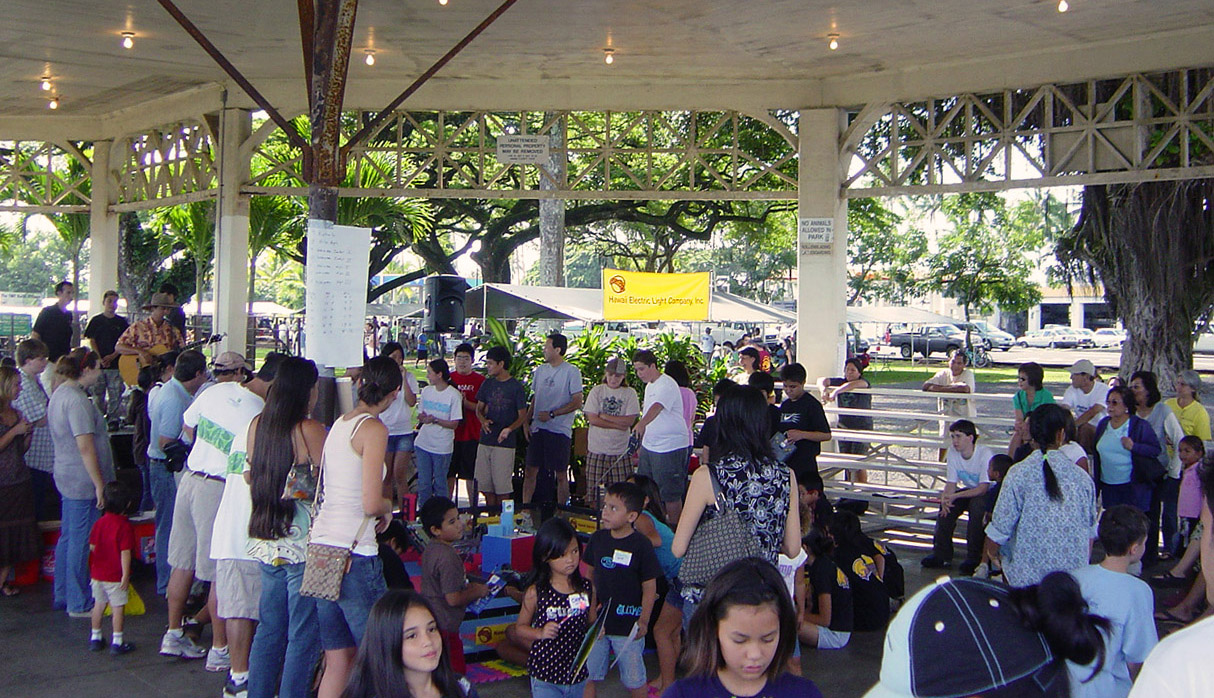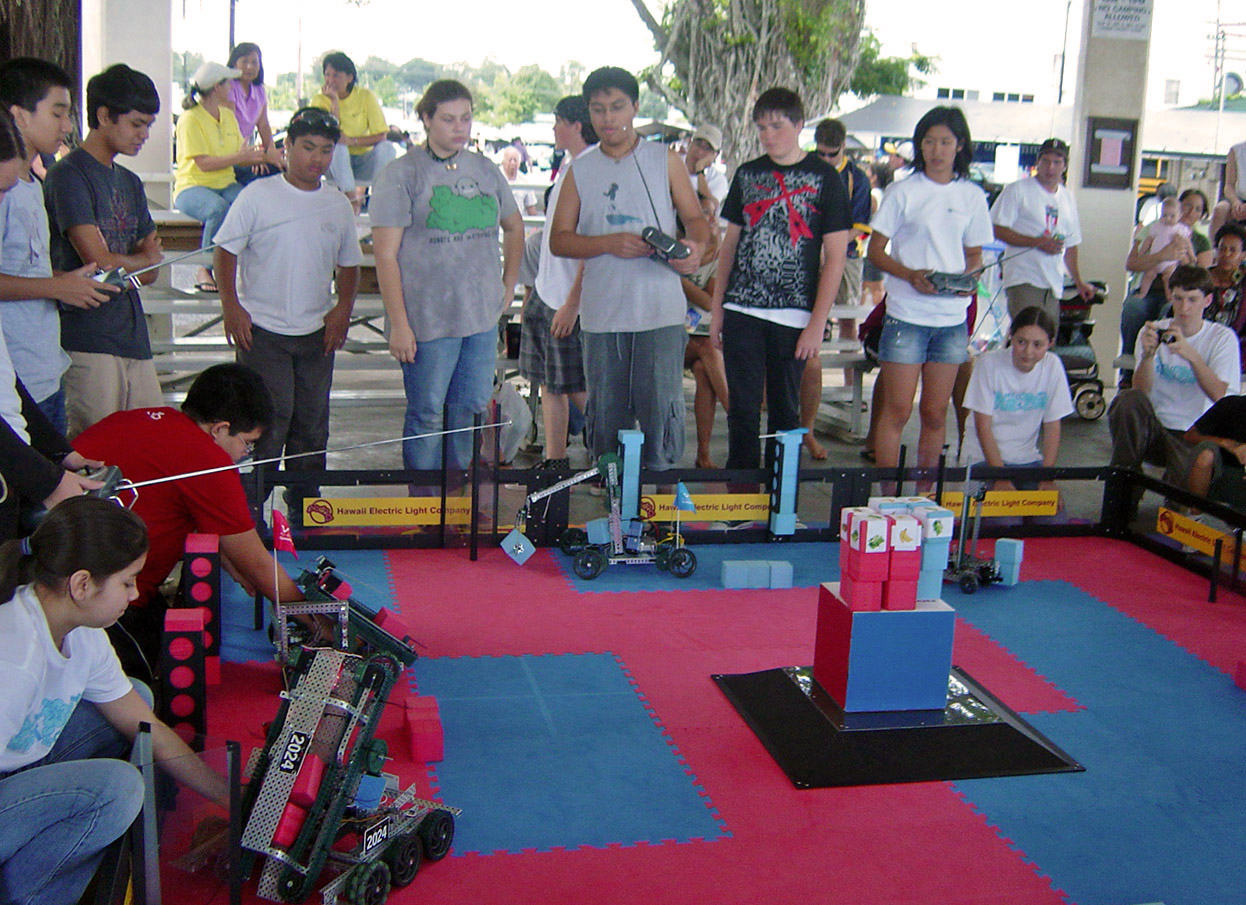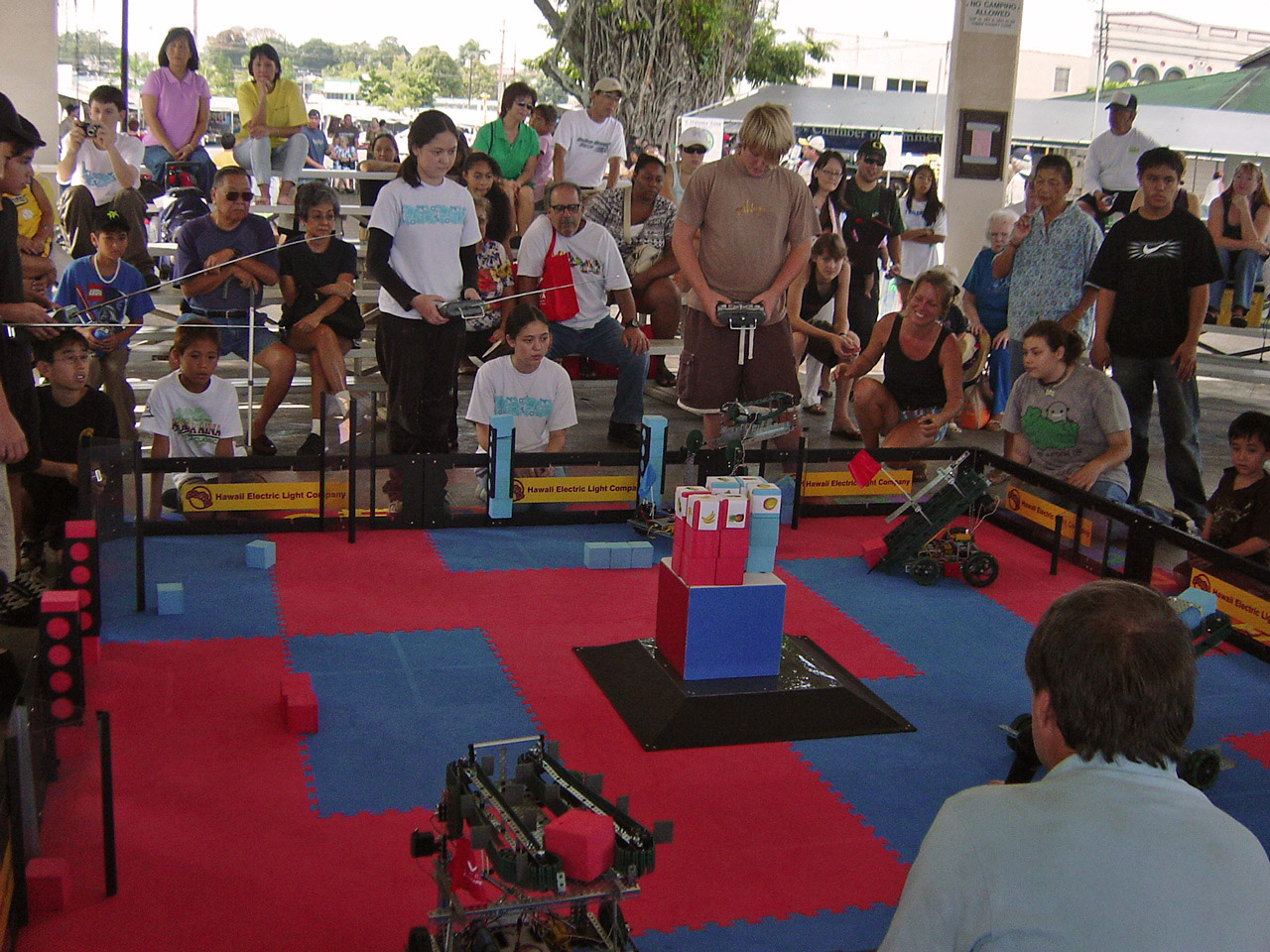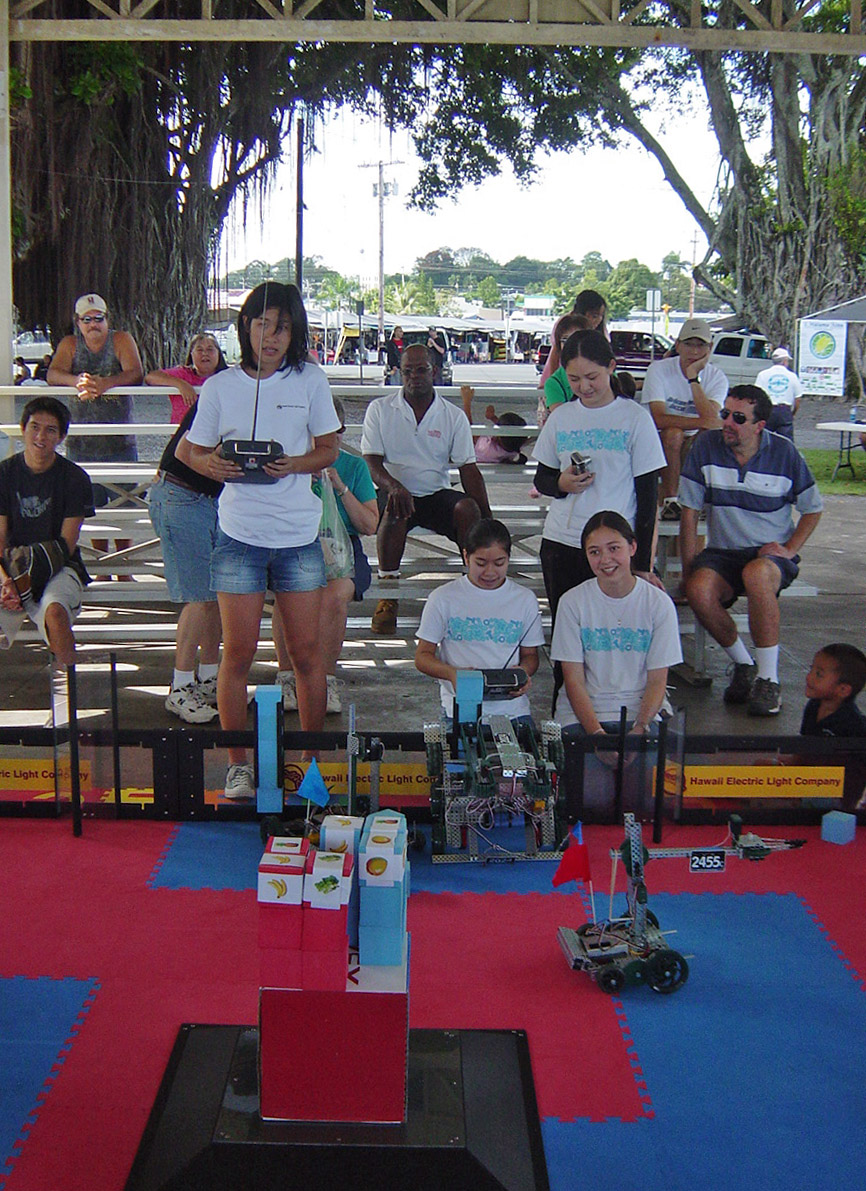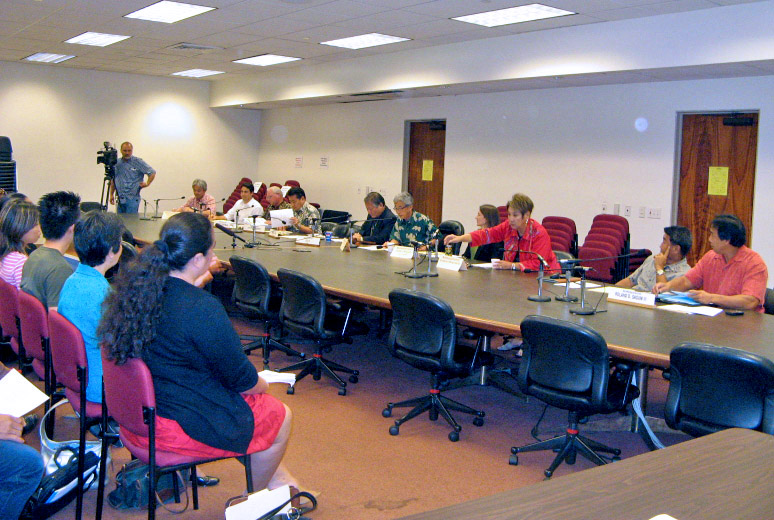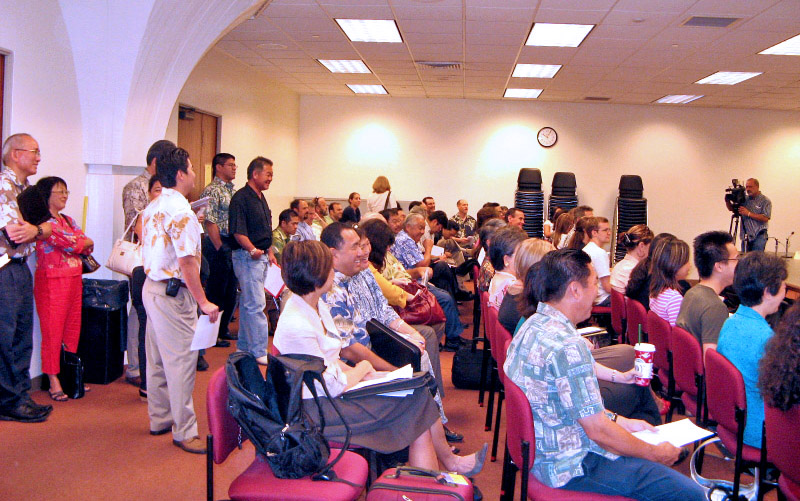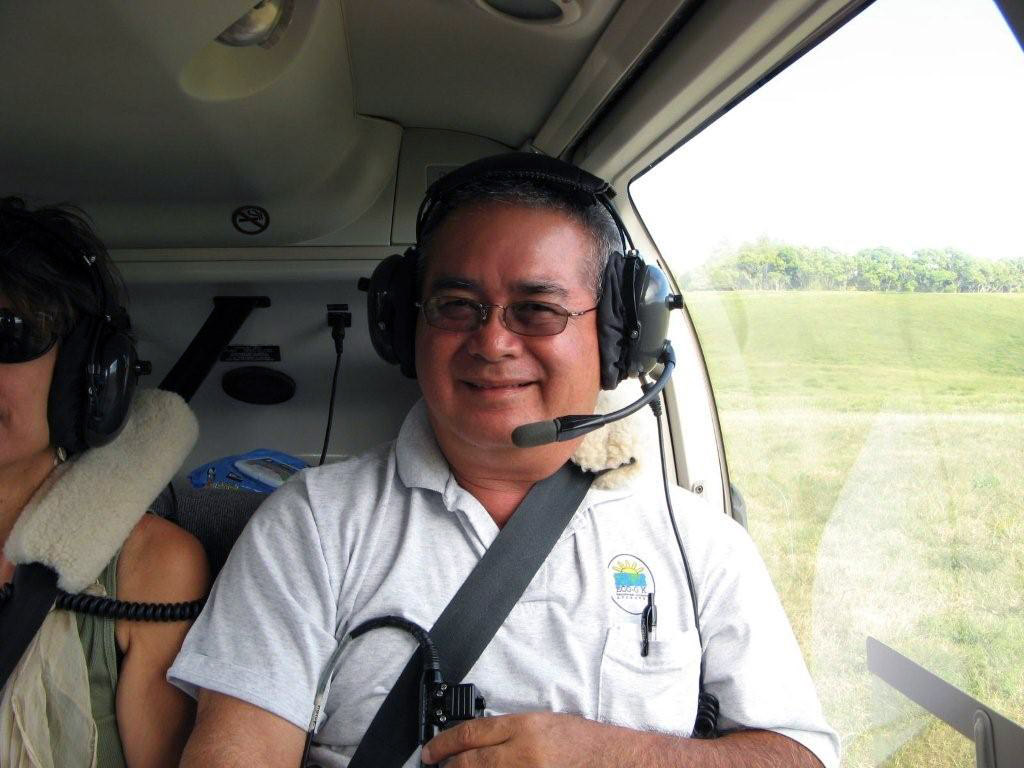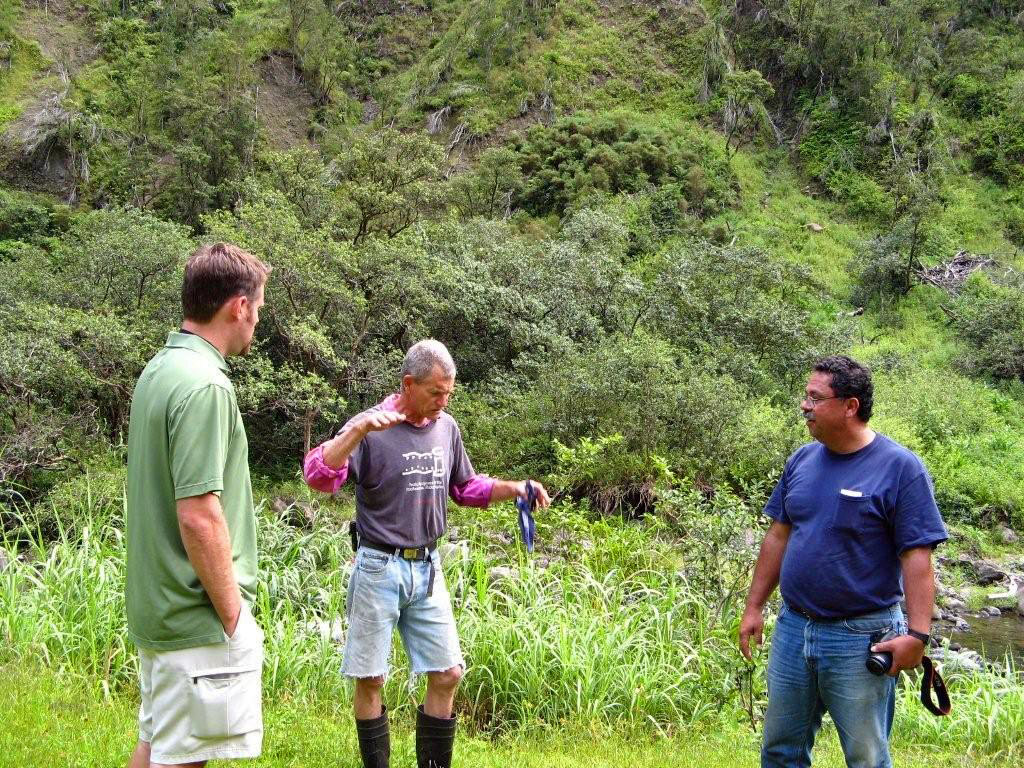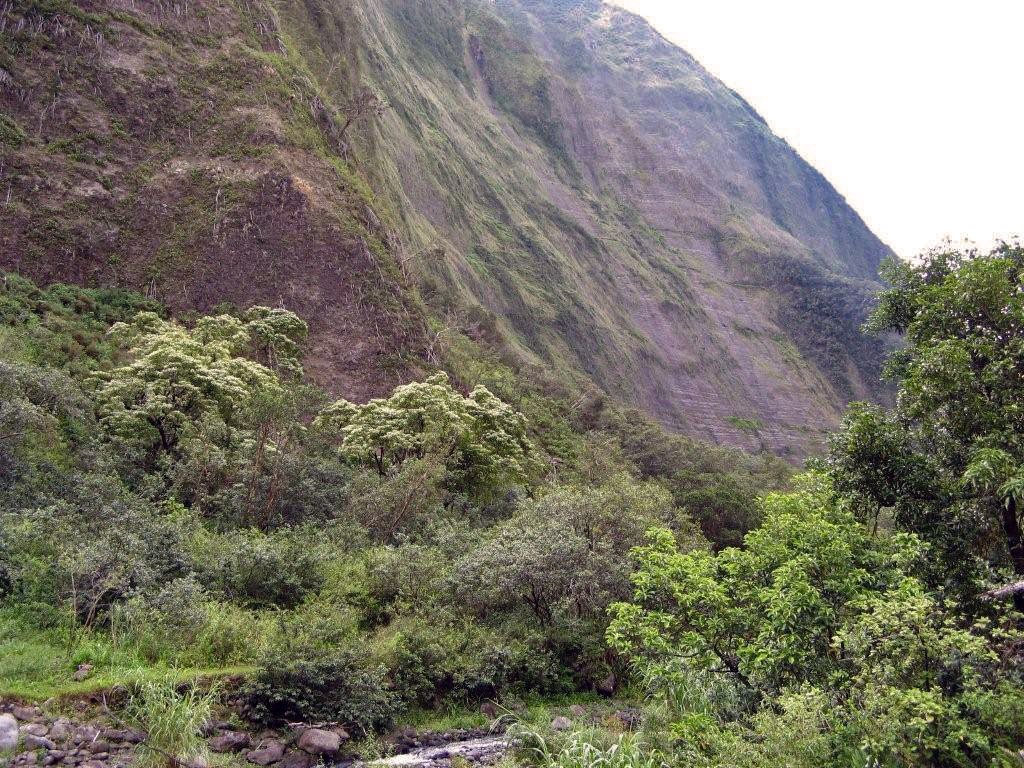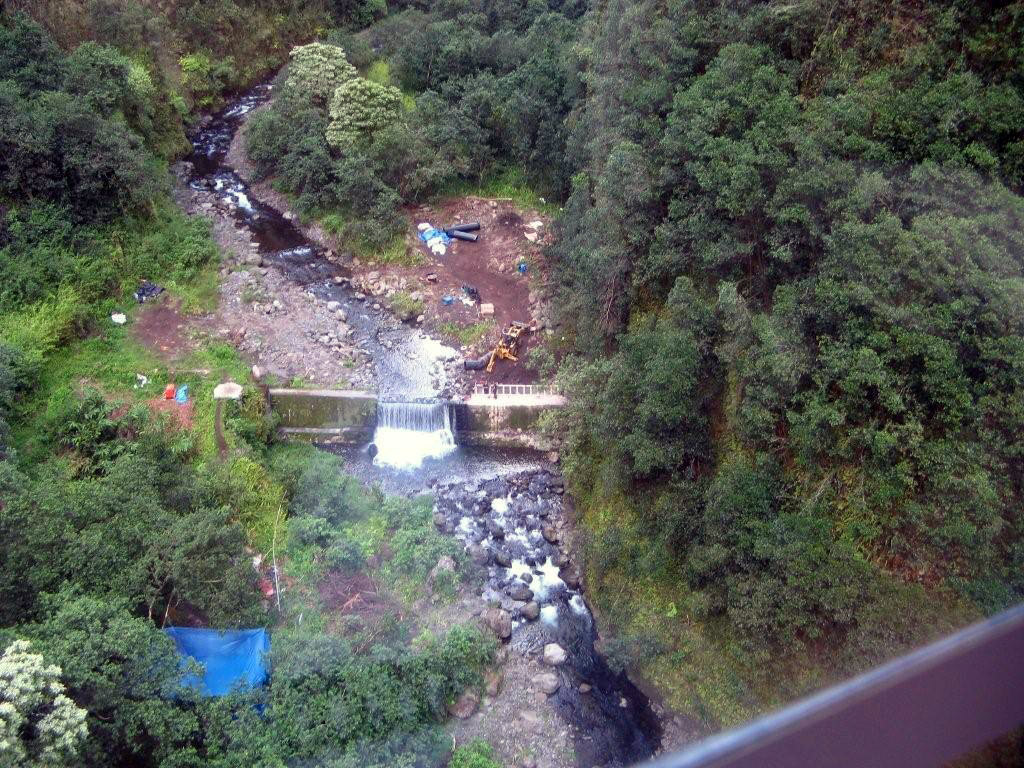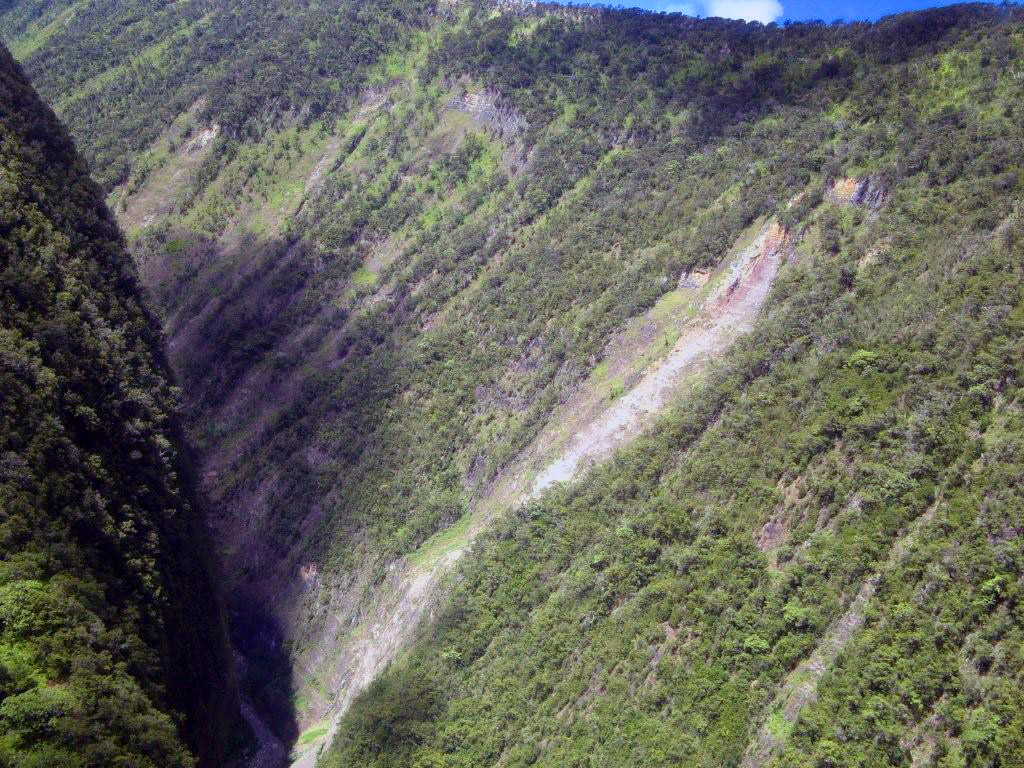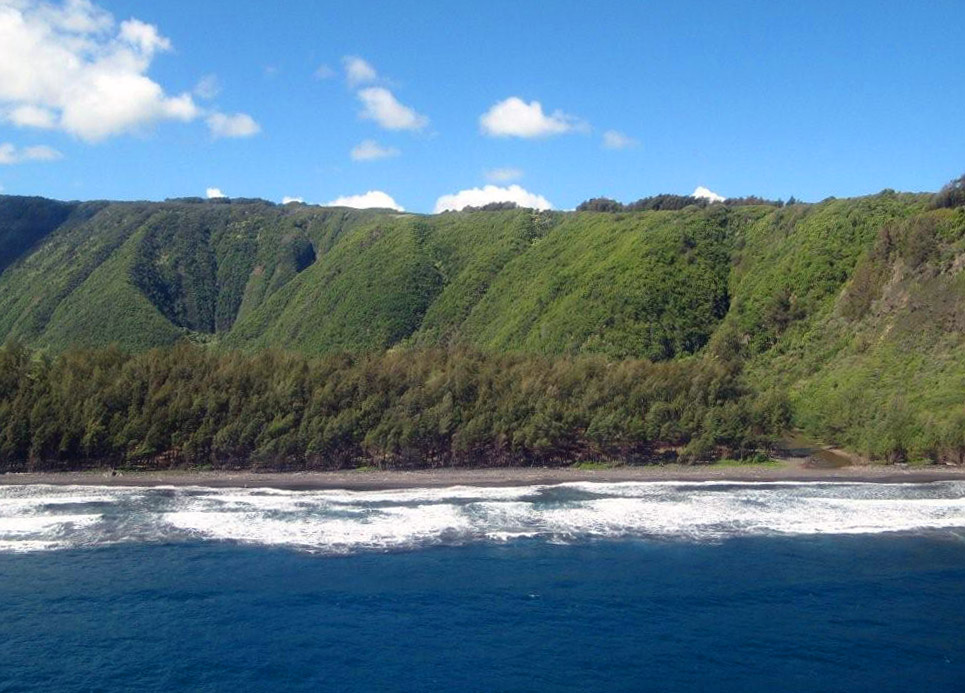I’ve been thinking a lot lately about a Letter to the Editor I recently read in the Hawai‘i Tribune Herald. It said that the contentious and boisterous protest at the Comprehensive Management Plan (CMP) hearing held in Keaukaha could be seen to imply that all Hawaiians think alike.
The letter’s author asserted, though, that Hawaiians are as diverse in their opinions as any other segment of the population. And he wanted to make the point that he, specifically, did not agree with all the protestors.
This person took responsibility for his own opinion.
It made me wonder what my responsibility is now, since I volunteered three years ago for the newly formed Thirty-Meter Telescope (TMT) committee of the Hawai‘i Island Economic Development Board (HIEDB). I volunteered because I felt strongly that if this large telescope is to be built on Mauna Kea, it must be done right.
Subsequently, I have learned a lot about previous history and present circumstances regarding the mountain. Having gained such an education on the subject, I ask myself:
What is my responsibility to share what I know?
I have learned that there are still lingering and strong feelings of anger and resentment toward the University of Hawai‘i at Manoa. People were very, very angry that prior to 2000, Mauna Kea was being controlled from O‘ahu rather than by people here on the Big Island.
I know I was very angry myself in the past. My own lingering anger was a large part of my reason to volunteer for the HIEDB’s TMT committee.
There were many selfless community volunteers back then, who took a lot of criticism as they tried to figure out how to wrest control from O‘ahu. Physical traffic and rules of behavior were subsequently transferred to the University of Hawai‘i at Hilo – but without adequate funding or authority to enforce the rules.
Because of the complexity of these problems, the University of Hawai‘i at Hilo is often saddled with those ill feelings from previous years, perhaps unfairly.
They do not work alone. The Chancellor of UH Hilo gets advice from the Mauna Kea Management Board, which is made up of very dedicated members of the public who make policy suggestions for the mountain’s management (with no pay). Kahu Ku Mauna is another board of cultural advisors—they also serve with no pay.
Recently, in a very clear, easy-to-understand ruling, Judge Glenn Hara reversed the Department of Land and Natural Resource’s (DLNR) issuance of a Conservation District Use Permit allowing the building of six “outrigger” telescopes on Mauna Kea.
Basically, the judge stated that the management plan submitted to support the application was too site-specific. It needs to be more comprehensive. So the DLNR needs to approve a Comprehensive Management Plan that takes into account the judge’s concerns. It does not say that the DLNR needs to create the plan itself.
This is why the Comprehensive Management Plan hearings are taking place now.
I attended most of the hearings and heard most of the testimony. In my opinion, the reason so much of the testimony was so emotional was because people did not believe they were being heard.
I know the people in charge of the plan, and I am convinced they are listening very carefully and will include everyone’s concerns. It is clear, though, that they have to weigh the needs of protecting the natural resource as well as the cultural resources.
There are some process questions that some feel are very important. For example, some feel that the DLNR, not UHH, should actually be creating the CMP. They say that UHH developing the plan it is akin to the fox guarding the henhouse.
The people creating the plan are very credible experts in their field. But no matter who does the plan, the DLNR board will still have to approve it. I don’t think these people are just rubber stampers.
Some say an Environmental Impact Statement should be done alongside the CMP. I think that reasonable people could agree that the CMP is merely a plan, not a specific project. It’s not about building, or any physical project, it’s just a plan—no stones will be moved and no insects will be disturbed. To add an extra measure of care, an Environmental Assessment is being done.
Whenever a new project is proposed, it will trigger its own Environmental Assessment or an Environmental Impact Statement.
But if people feel strongly about these types of process questions they can seek legal recourse. I don’t think a reasonable person would consider these issues so weighty that they should stop the Comprehensive Management Plan from being put in place.
This is all about taking care of Mauna Kea.
So knowing what I know, do I take a stand? Am I not responsible for what I know?
Judge Hara’s intent is for the DLNR to have a management plan in place to take care of Mauna Kea in a holistic way. That is exactly what we all want!
Are there questions so serious that it would be better for us to wait for an answer rather than take care of Mauna Kea now with a Comprehensive Management Plan in place? I don’t think so.
As I think about that Letter to the Editor, where the person took responsibility for his own opinion, I too feel a need to take responsibility for my own.
I say: Let’s get a Comprehensive Management Plan in place now so we can start to malama Mauna Kea.

